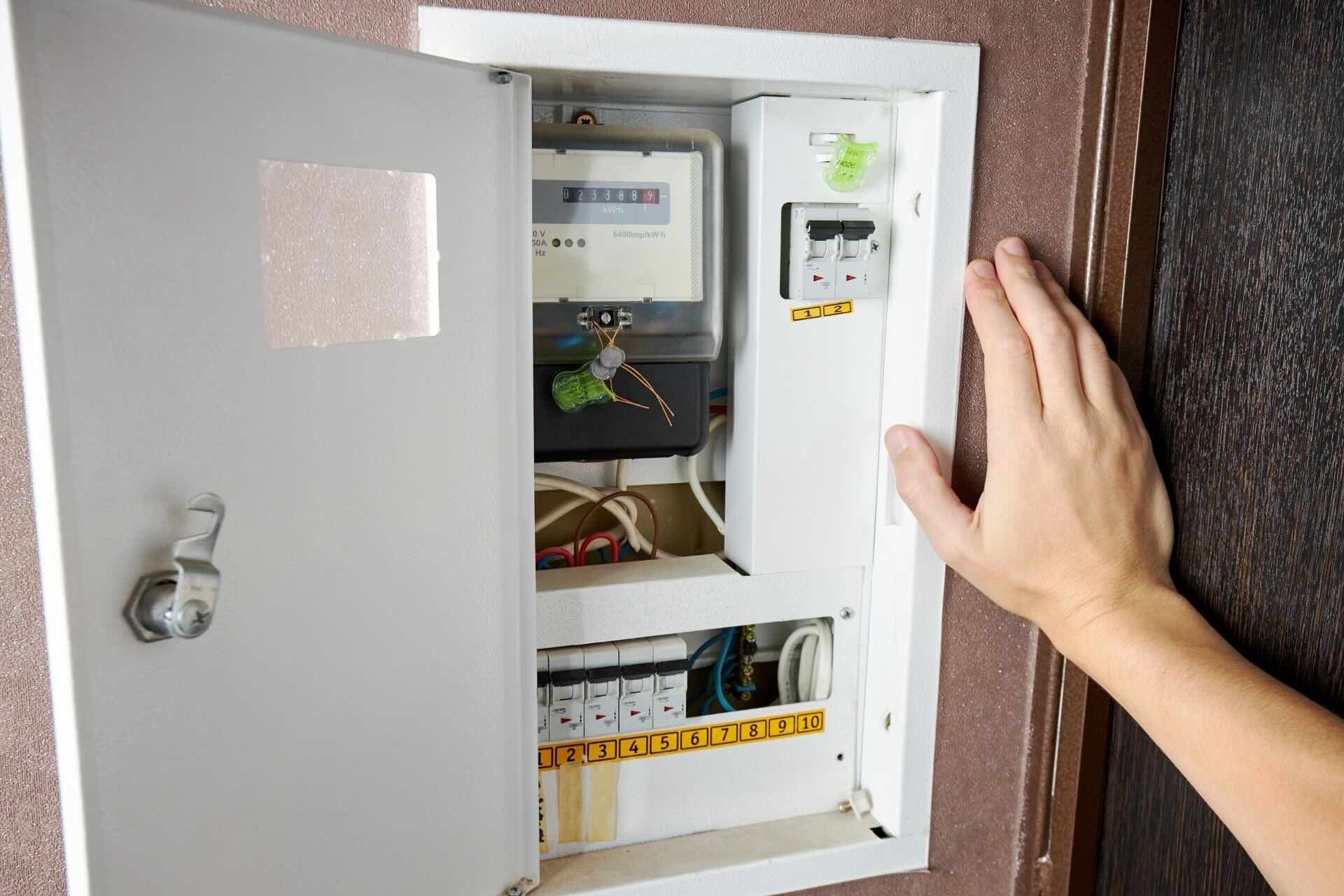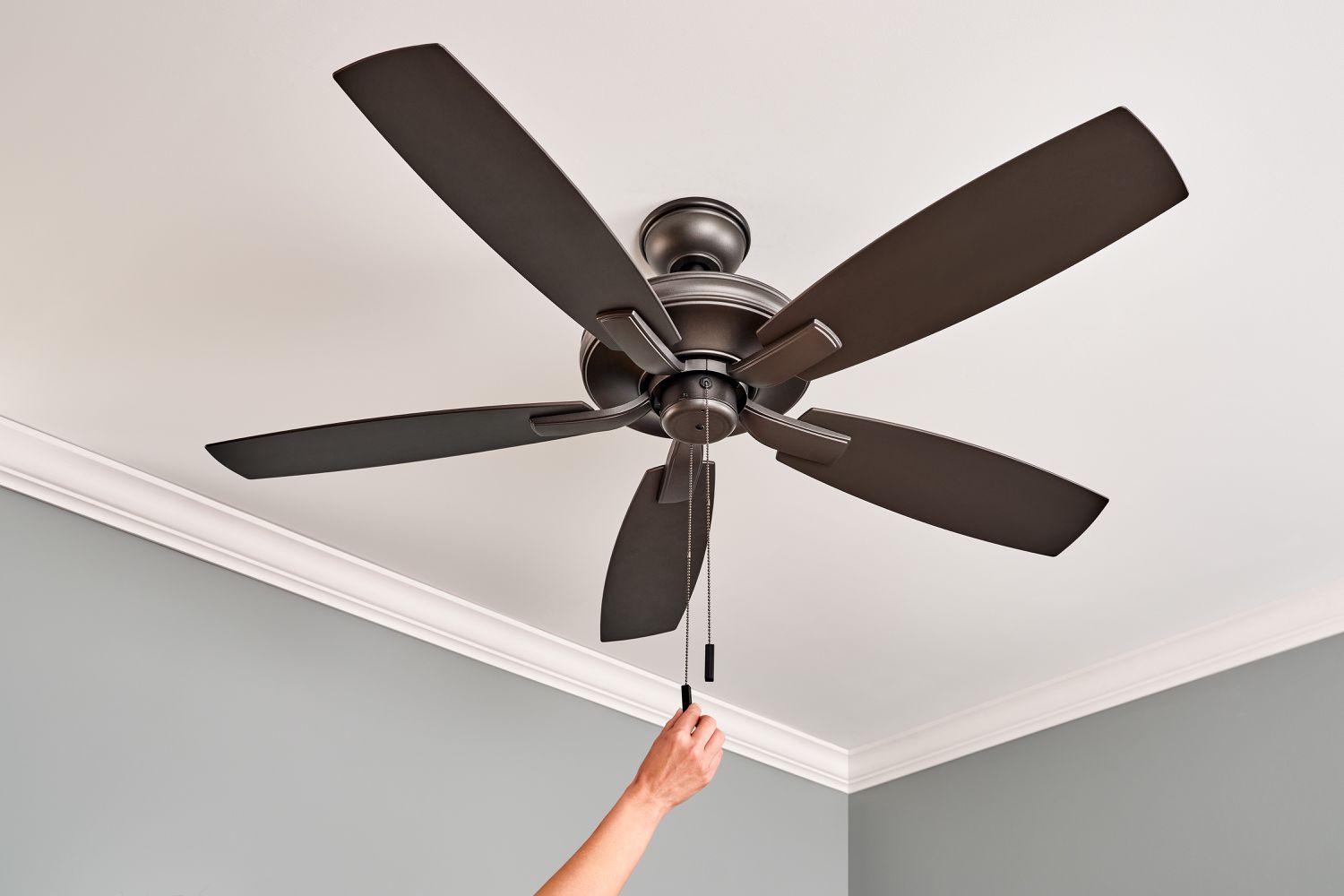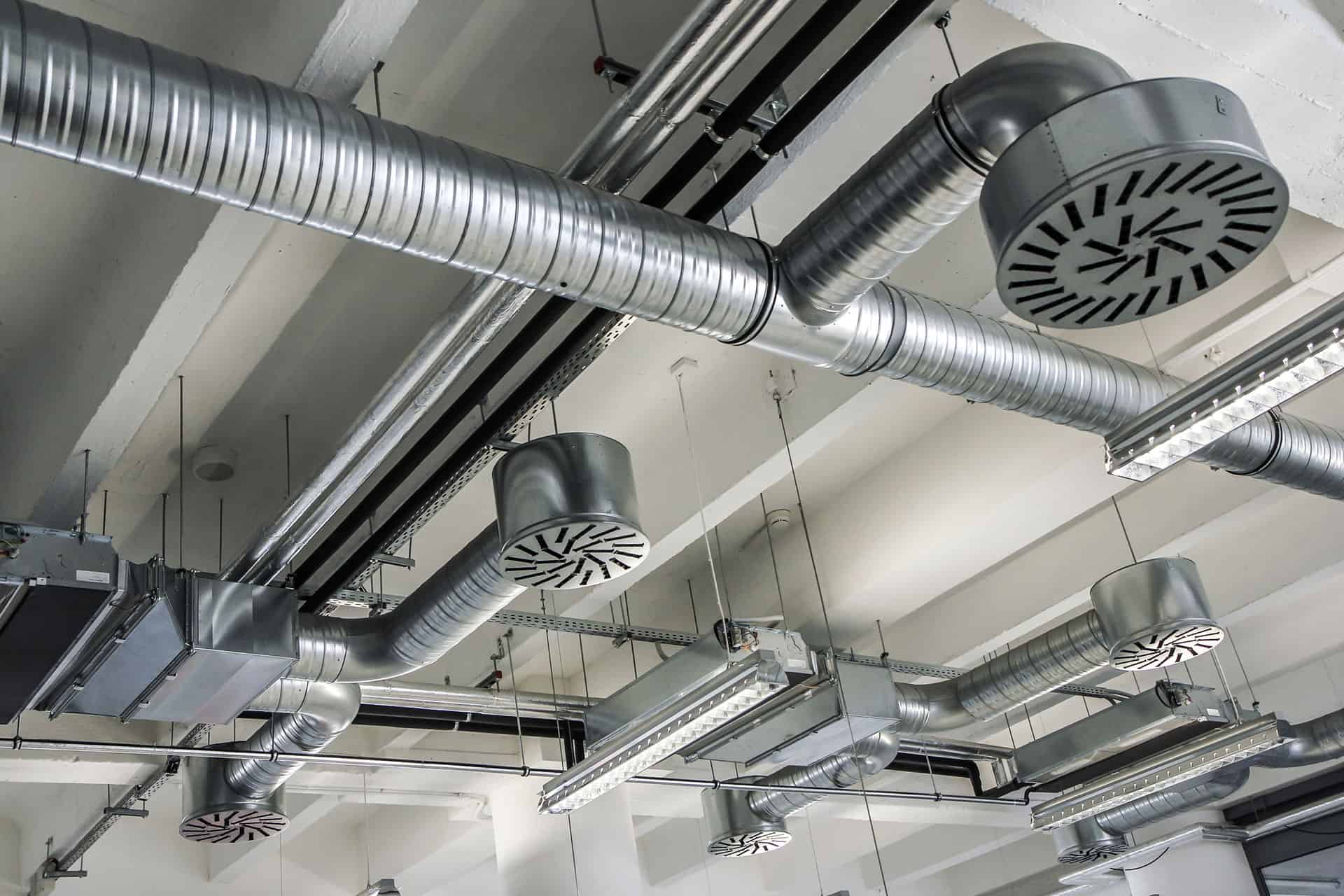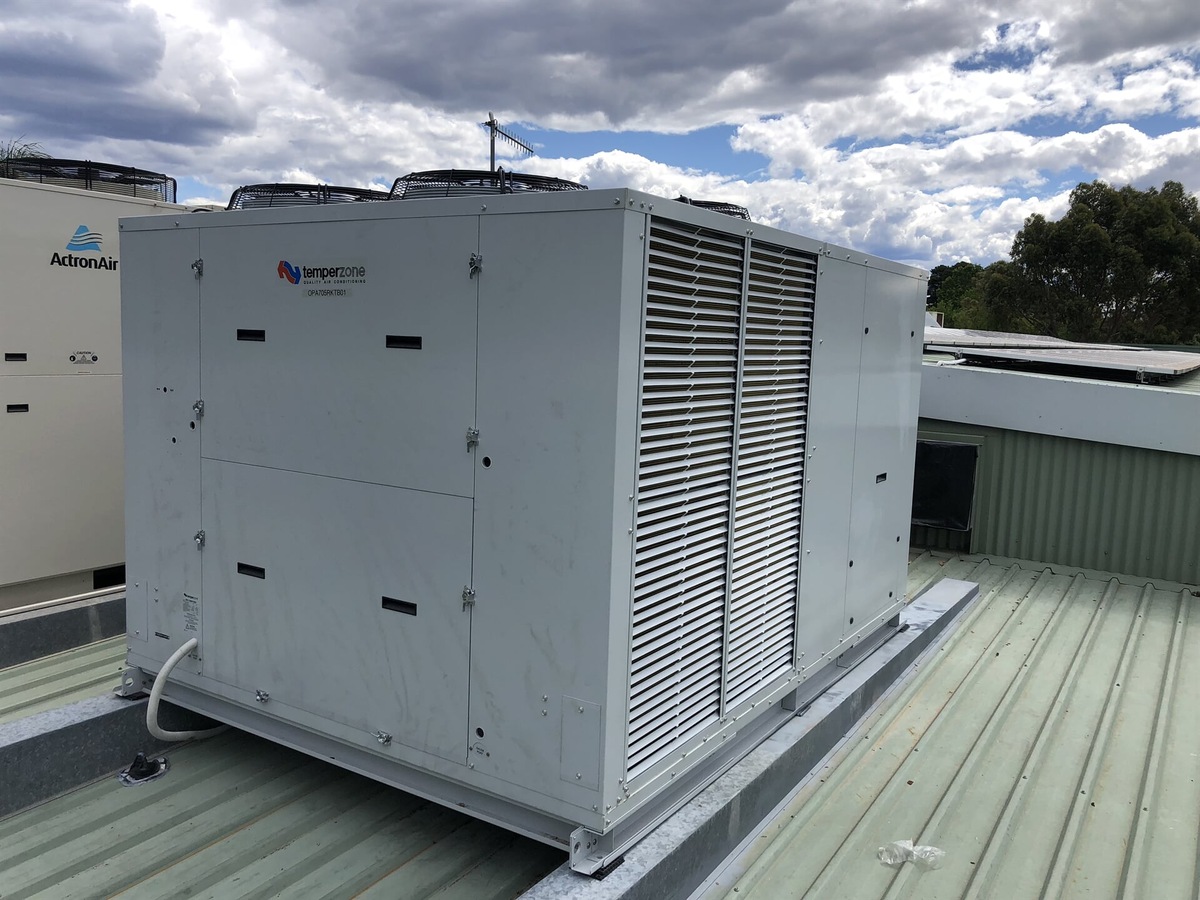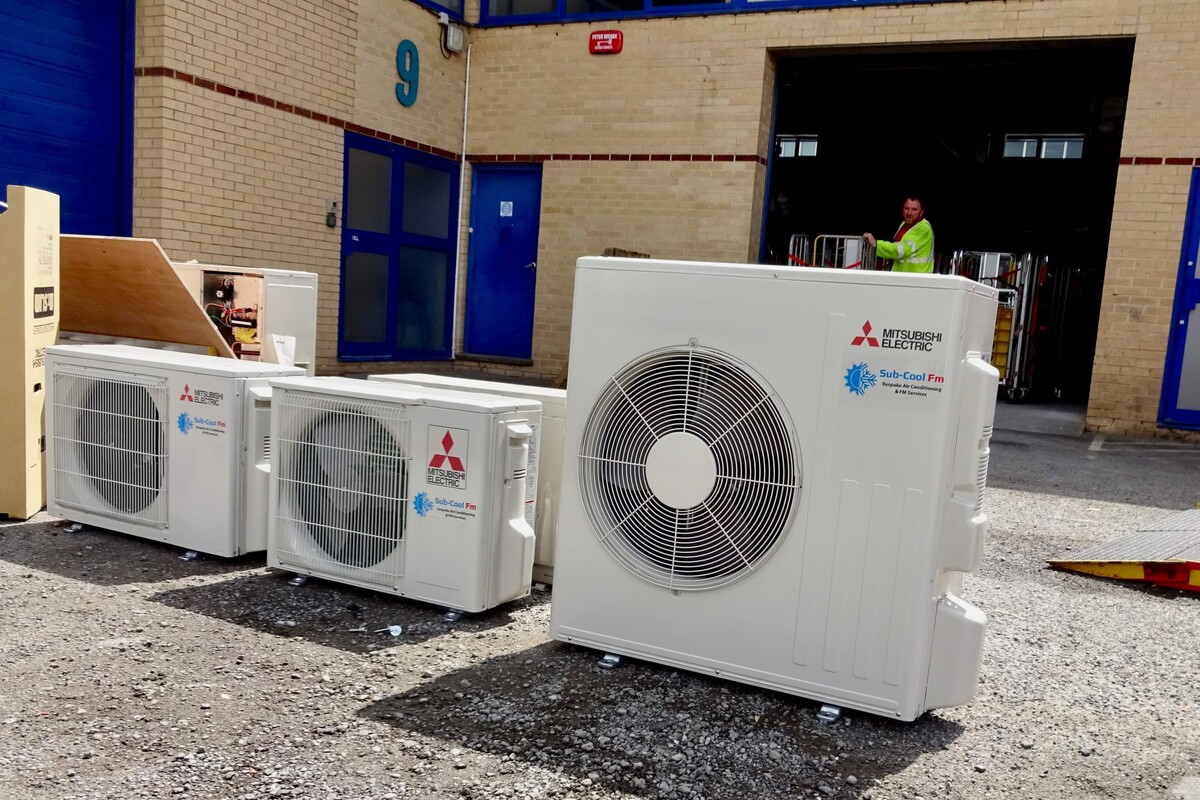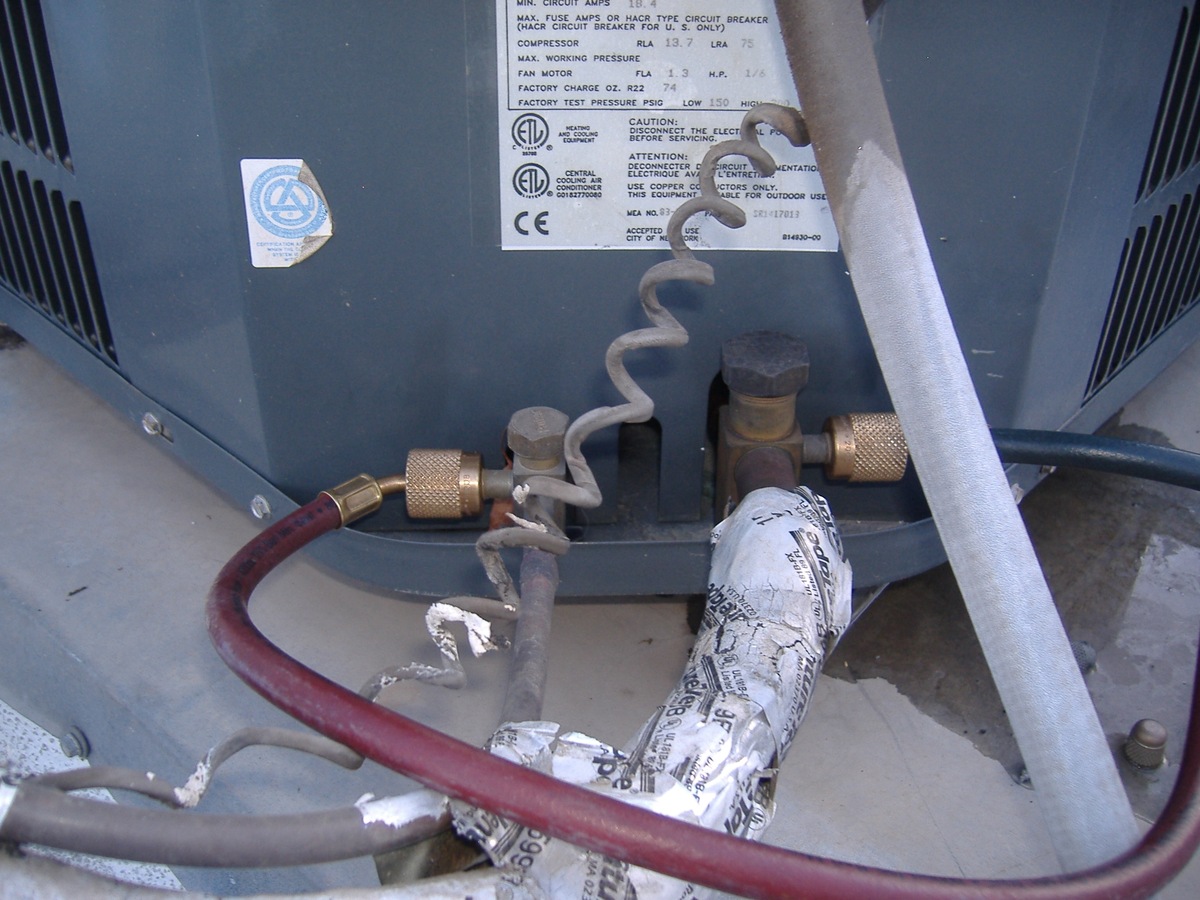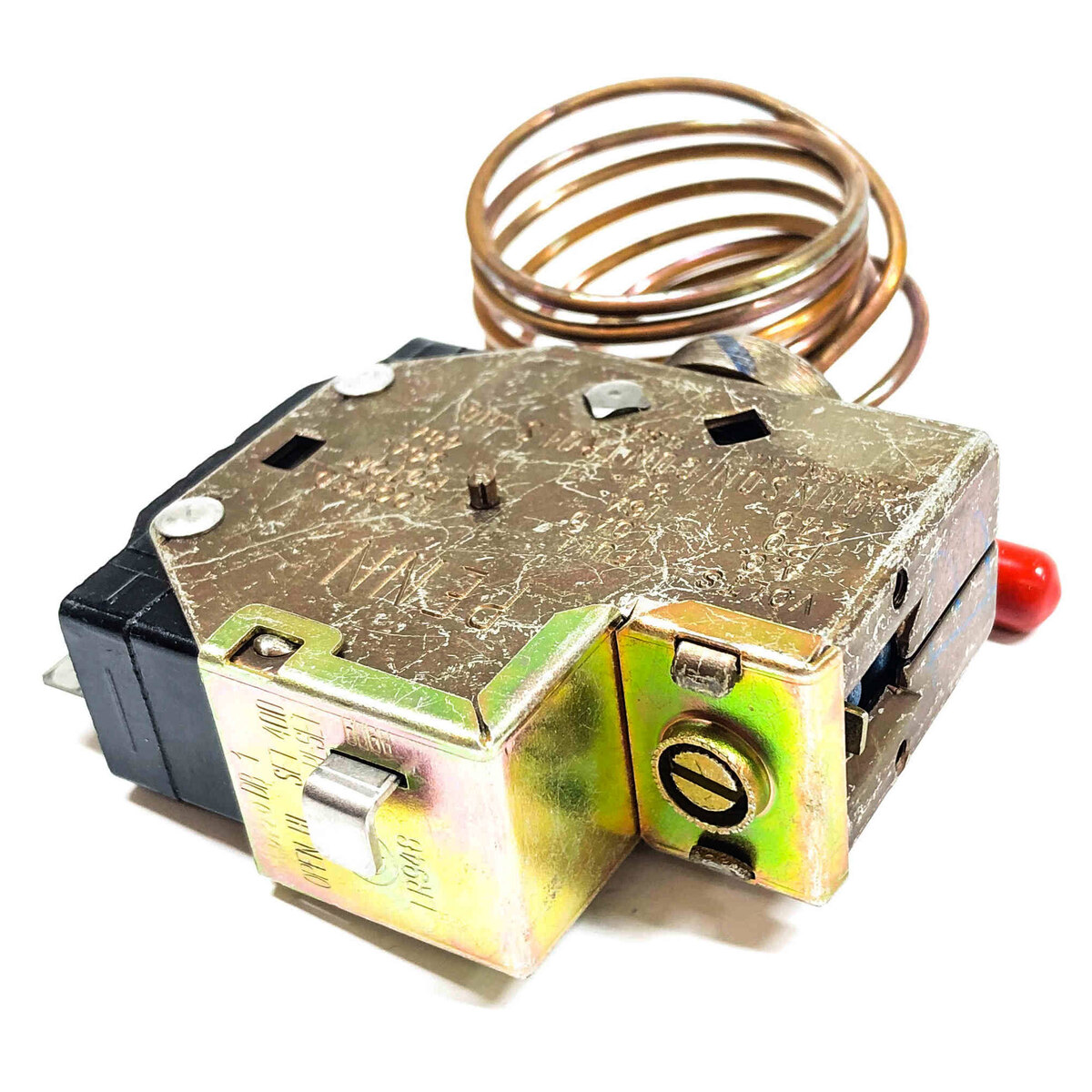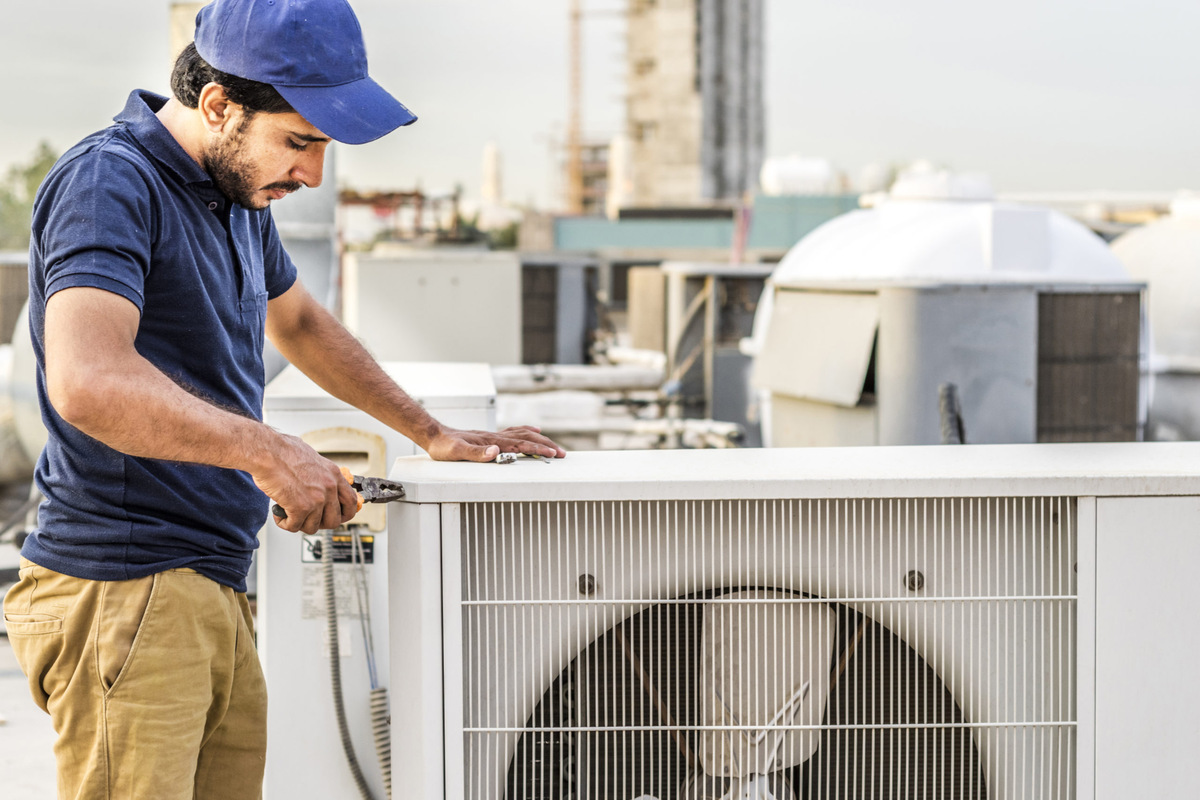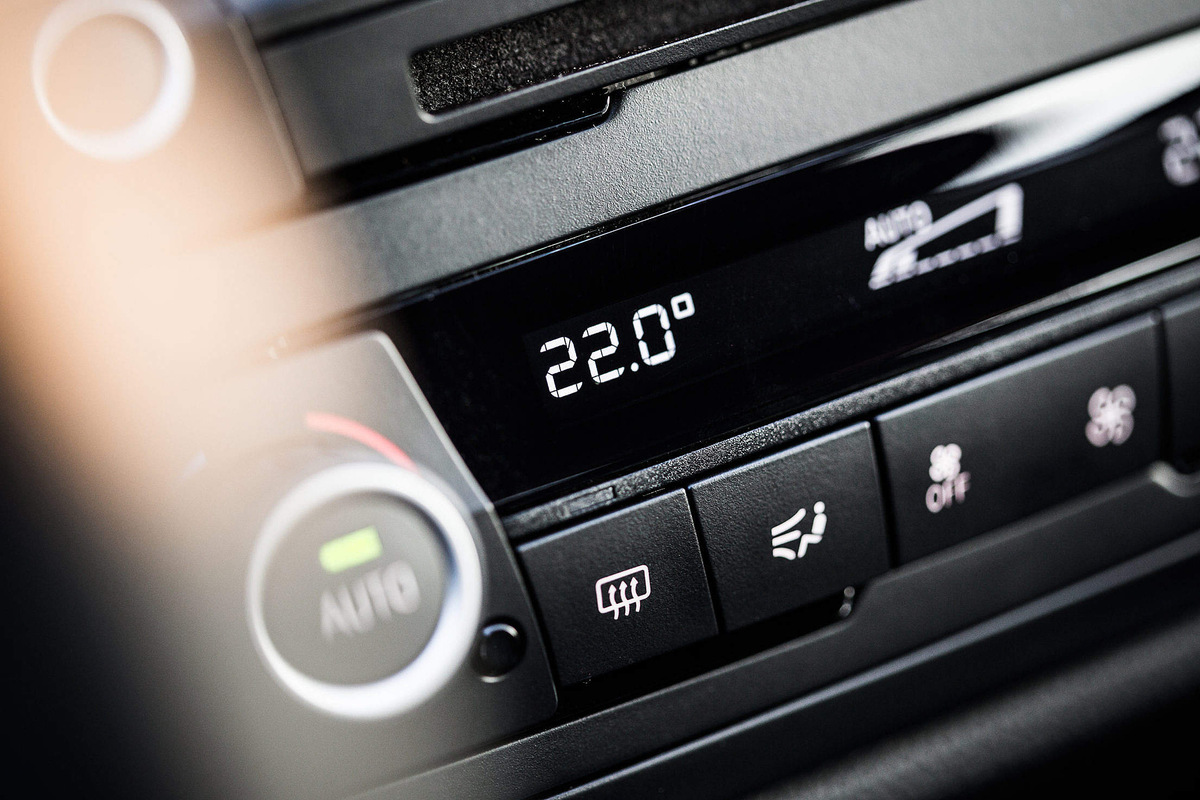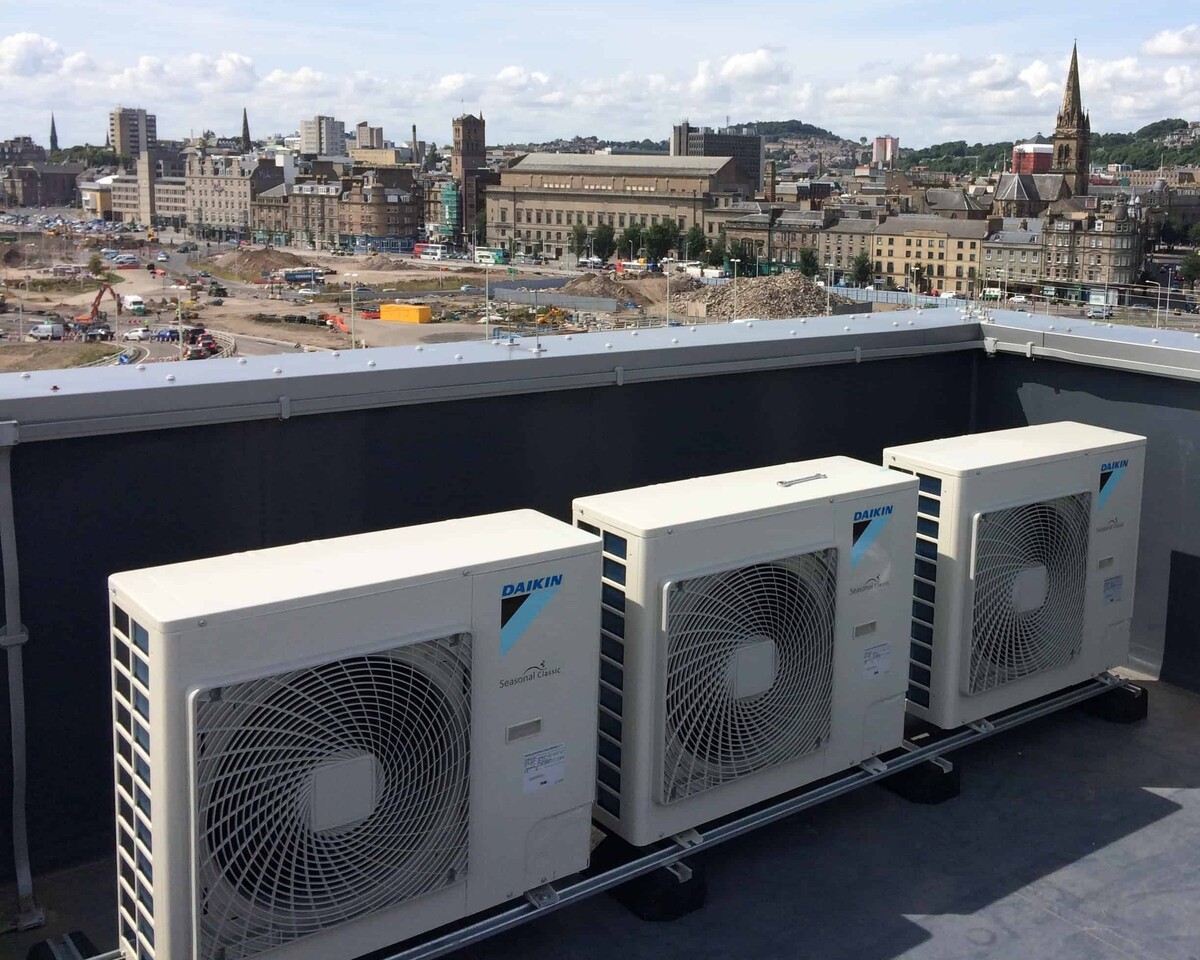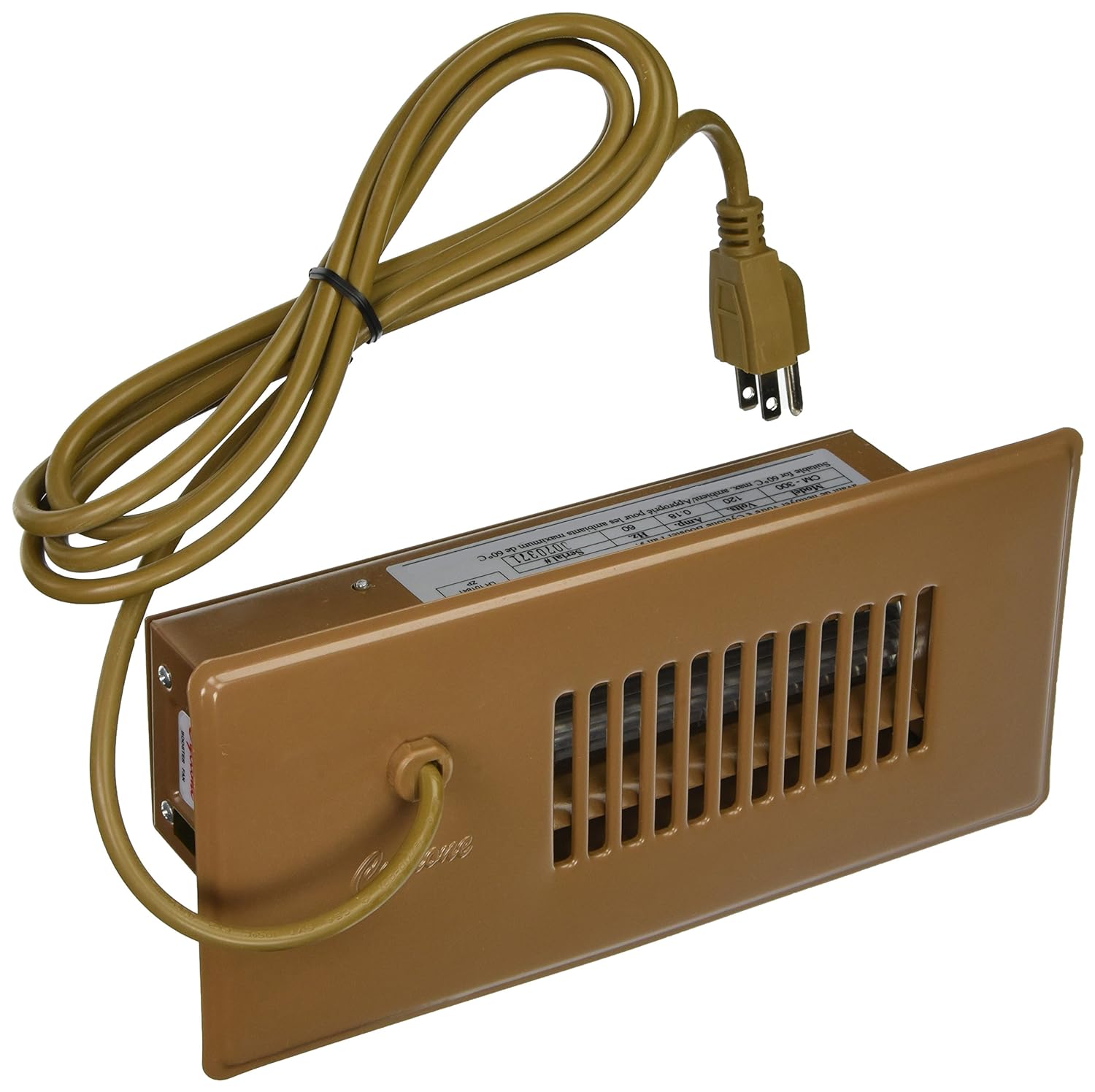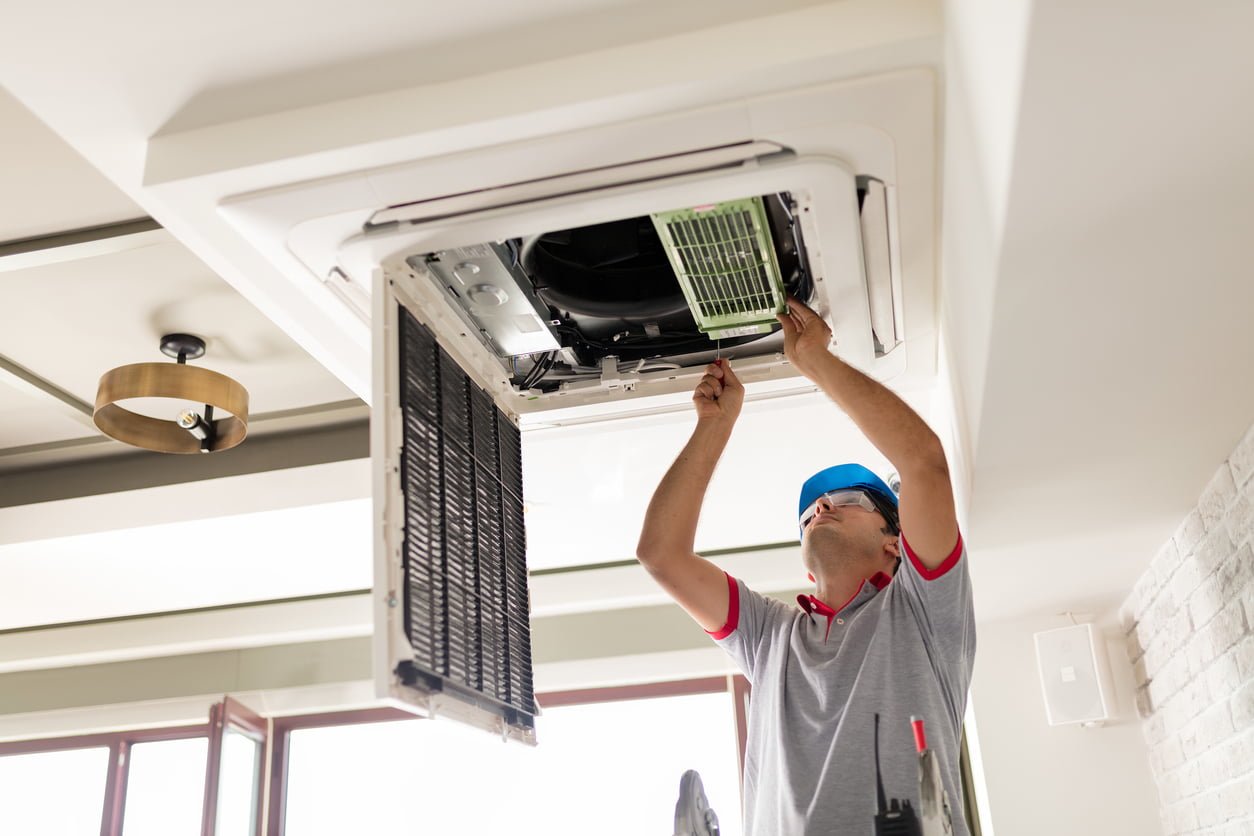Home>Home Maintenance>Which Fuse Controls Air Conditioning
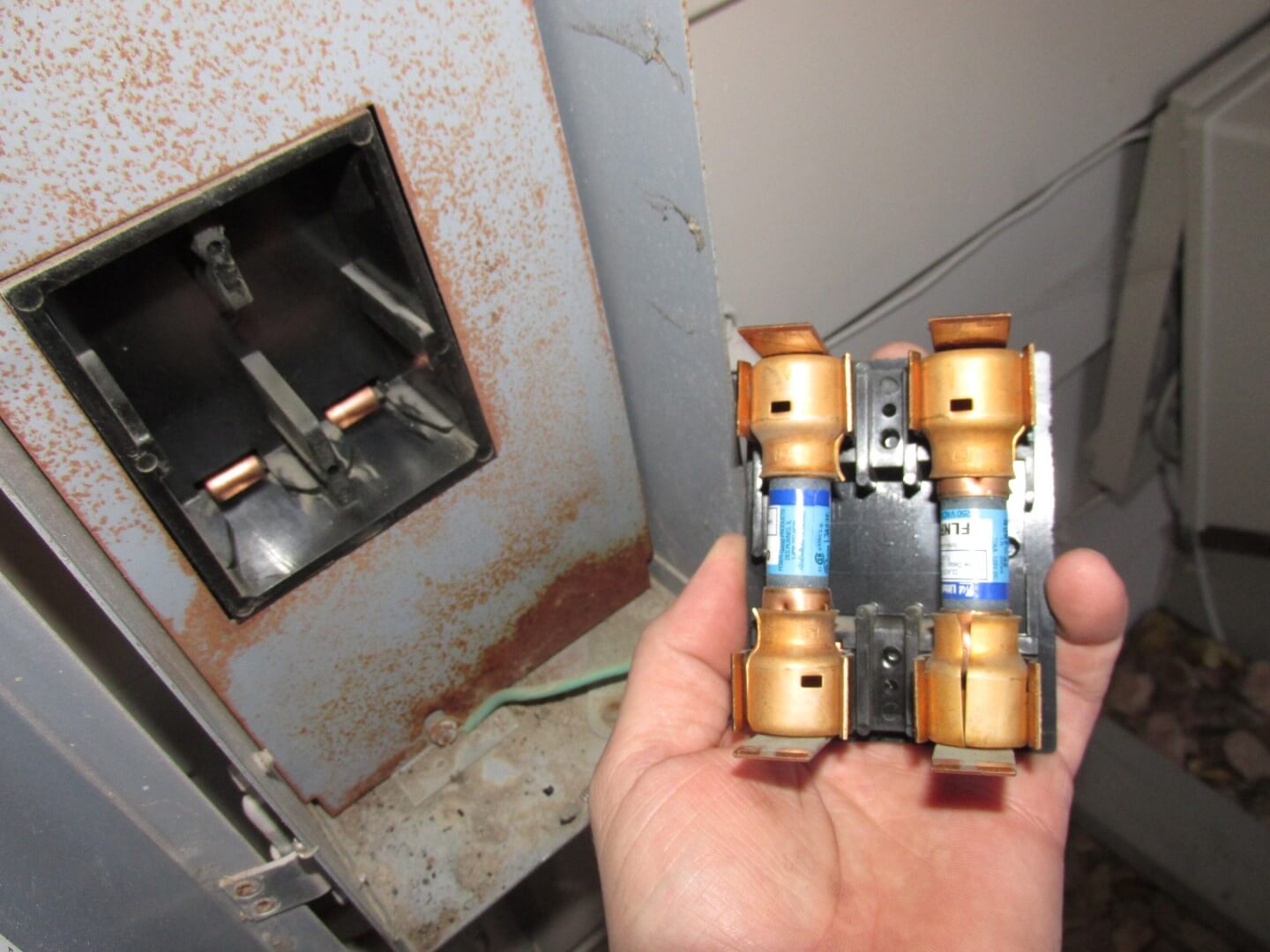

Home Maintenance
Which Fuse Controls Air Conditioning
Modified: March 6, 2024
Is your home's air conditioning not working? Find out which fuse controls your air conditioning system with our helpful guide to home maintenance.
(Many of the links in this article redirect to a specific reviewed product. Your purchase of these products through affiliate links helps to generate commission for Storables.com, at no extra cost. Learn more)
Introduction
Welcome to our comprehensive guide on understanding and troubleshooting air conditioning fuses! If you’re facing issues with your air conditioner not working, it could be due to a blown fuse. Fuses play a crucial role in safeguarding electrical systems by preventing overloads and short circuits. Understanding how they work and knowing how to identify and replace a faulty fuse is essential for maintaining a properly functioning air conditioning system.
In this article, we will delve into the world of air conditioning fuses, explaining their significance in keeping your home cool during the hot summer months. We will provide you with the necessary insights to identify the correct fuse for your air conditioner and guide you through the process of replacing it if needed. Additionally, we will offer some helpful troubleshooting tips to assist you in diagnosing common air conditioning fuse-related issues.
Whether you are a homeowner or a professional in the heating, ventilation, and air conditioning (HVAC) industry, this guide will serve as a valuable resource in your quest to understand and resolve air conditioning fuse problems.
So, let’s dive in and explore the world of air conditioning fuses!
Key Takeaways:
- Fuses protect air conditioning systems from damage by stopping excessive electrical currents. Regular maintenance and inspection of fuses are crucial for safe and efficient cooling.
- Troubleshooting tips include checking for loose connections, inspecting for short circuits, and evaluating the air filter. Seek professional help if unsure about handling electrical components.
Understanding Fuses
Before we delve into the specifics of air conditioning fuses, let’s start by understanding what fuses are and how they function in electrical systems. In simple terms, a fuse is a safety device designed to protect electrical circuits from overloads and short circuits that can cause damage or hazards.
Fuses consist of a metal wire or strip that is designed to melt when excessive current flows through it. This melting of the wire breaks the electrical circuit, effectively stopping the flow of electricity and preventing any potential harm. The wire used in fuses is made of a material with a low melting point, such as copper or silver, to ensure that it can melt quickly when necessary.
When an overload or short circuit occurs, the electrical current spikes, exceeding the safe limit of the circuit. This excess current heats up the wire in the fuse, causing it to melt and break the circuit. By doing so, the fuse protects the electrical system from damage and potential fire hazards.
Fuses are available in various sizes and current ratings to match the specific requirements of different electrical circuits. The correct fuse rating is determined by the maximum current that the circuit can safely handle. Using a fuse with a higher rating than necessary can lead to circuit damage or even a fire, while a lower-rated fuse may blow frequently and disrupt the functioning of the electrical equipment.
It’s important to note that a fuse is a one-time-use device. Once it has melted and interrupted the circuit, it needs to be replaced to restore the electrical flow. This is why regular maintenance and inspection of fuses are crucial to ensure the safe and efficient operation of electrical systems.
Now that we have a basic understanding of how fuses work, let’s move on to explore their role in air conditioning systems and how they can affect your cooling comfort.
The Role of Fuses in Air Conditioning Systems
In air conditioning systems, fuses play a vital role in protecting the HVAC equipment and ensuring its safe operation. The primary purpose of fuses in air conditioning systems is to prevent electrical overloads that can damage the components or cause malfunctions.
An air conditioning system consists of various electrical components, including the compressor, fan motor, and control circuits. These components require different levels of electrical current to operate efficiently. The fuses are strategically placed within the system to protect each individual circuit from excessive current flow.
The compressor, which is the heart of the air conditioning system, is often the most power-hungry component. It requires a substantial amount of electrical current to compress the refrigerant and facilitate the cooling process. A fuse is installed in the compressor circuit to ensure that the electrical current remains within the safe limit. If the current exceeds the fuse rating, the fuse will blow, interrupting the circuit and preventing any damage to the compressor.
In addition to protecting the compressor, fuses also safeguard other components such as fan motors and control circuits. The fan motor, responsible for circulating air throughout the system, can draw a significant amount of current during startup or operation. Fuses are placed in the fan motor circuit to prevent any excessive current that could damage the motor or cause it to overheat.
The control circuits in an air conditioning system are responsible for regulating temperature, airflow, and other system functions. These circuits are often connected to sensitive electronic components. Fuses are utilized in the control circuitry to prevent any faults or short circuits that could potentially damage the electronics and disrupt the operation of the HVAC system.
Overall, fuses serve as a safety net in air conditioning systems, protecting the electrical components from damage due to excessive current. By rapidly interrupting the circuit when necessary, fuses help prevent costly repairs and ensure the longevity and reliability of your air conditioning system.
Now that we understand the role of fuses in air conditioning systems, let’s move on to the next section to learn how to identify the specific fuse that controls your air conditioner.
Identifying the Air Conditioning Fuse
Identifying the specific fuse that controls your air conditioning system may vary depending on the make and model of your HVAC equipment. However, there are some general steps you can follow to locate the air conditioning fuse.
1. Consult the equipment manual: The first step is to refer to the equipment manual provided by the manufacturer. The manual usually contains a diagram or a description of the electrical components and their corresponding fuses. Look for the section that specifically mentions fuses or electrical protection devices.
2. Check the service panel: Air conditioning systems typically have a service panel or electrical panel located near the HVAC unit. Open the service panel and examine the fuses or circuit breakers present. Look for any fuses or breakers labeled specifically for the air conditioning system. They may be marked as “AC,” “Air Conditioner,” or have a symbol depicting cooling or temperature control.
3. Inspect the main electrical panel: In some cases, the main electrical panel of your home may contain fuses or circuit breakers that control the air conditioning system. Open the main electrical panel and carefully examine the labels or markings. Look for any fuses or breakers that are associated with the air conditioning system or have a connection to the outdoor condensing unit.
4. Seek professional assistance: If you are unable to locate the air conditioning fuse on your own or if the equipment manual does not provide clear guidance, it is advisable to seek assistance from a qualified HVAC technician. They have the expertise and knowledge to identify the specific fuse and can ensure that it is properly located and labeled.
Remember, safety is paramount when dealing with electrical components. Always ensure that the power to the air conditioning system is turned off before inspecting or replacing fuses. If you are unsure about handling electrical components, it is best to leave the task to a professional to avoid any accidents or damage to the equipment.
Now that we know how to identify the air conditioning fuse, let’s move on to the next section to learn about the process of replacing a faulty fuse.
Check the fuse box for a blown fuse labeled “AC” or “HVAC.” Use the fuse diagram to locate the correct one. Replace with same amperage fuse if needed.
How to Replace the Air Conditioning Fuse
Replacing a faulty air conditioning fuse requires a few simple steps. However, it’s important to exercise caution and follow safety guidelines to prevent any electrical hazards. Here’s a step-by-step guide on how to replace the air conditioning fuse:
1. Turn off the power: Before working on any electrical component, ensure that the power to the air conditioning system is completely turned off. Locate the main electrical disconnect switch for your HVAC unit and switch it off. This will ensure that there is no electrical current flowing to the system.
2. Locate the fuse: Refer to the steps mentioned in the previous section to identify the specific fuse that controls your air conditioning system. Once you have located the fuse, inspect it visually to determine if it is blown. A blown fuse will have a broken wire or a visibly burnt appearance.
3. Remove the blown fuse: Using a fuse puller or a pair of insulated pliers, carefully remove the blown fuse from its holder. Be gentle and avoid using excessive force to prevent any damage to the fuse holder or other components.
4. Replace with a new fuse: Obtain a replacement fuse of the same rating as the one you removed. Ensure that the new fuse matches the voltage and current specifications required for your air conditioning system. Insert the new fuse into the appropriate fuse holder securely.
5. Turn on the power: Once the new fuse is installed, you can turn on the power to the air conditioning system. Switch on the main electrical disconnect switch and any other power switches related to the HVAC unit. The air conditioner should now receive electrical power, and you can test whether it is functioning properly.
6. Monitor the system: After replacing the fuse, monitor the air conditioning system closely for any signs of abnormal operation. Keep an eye on the fuse to ensure that it does not blow again. If the fuse blows repeatedly or if you notice any other issues, it is recommended to contact a professional HVAC technician for further inspection and troubleshooting.
Remember, if you are uncertain about any step or lack experience and knowledge in working with electrical components, it is safer to seek the assistance of a qualified HVAC technician. They have the expertise to handle the replacement process safely and effectively.
Now that you know how to replace the air conditioning fuse, let’s move on to the next section for some troubleshooting tips related to air conditioning fuse issues.
Read more: Which Car Has The Best Air Conditioning
Tips for Troubleshooting Air Conditioning Fuse Issues
Dealing with air conditioning fuse issues can be frustrating, but with the right troubleshooting techniques, you can often identify and resolve the root cause. Here are some helpful tips to help you troubleshoot air conditioning fuse issues:
1. Check for loose connections: Loose electrical connections can lead to excessive heat buildup and cause fuses to blow. Inspect the connections in the air conditioning system, including the circuit breaker panel, fuse box, and wiring connections. Tighten any loose connections and ensure they are secure and free of corrosion.
2. Inspect for short circuits: Short circuits occur when a hot wire comes into contact with a neutral wire or ground wire, causing a sudden surge of electrical current. Inspect the wiring and components in your air conditioning system for any signs of exposed wires or damaged insulation. If you find any, it’s crucial to repair or replace the faulty wiring to prevent short circuits and blown fuses.
3. Check for overloads: Overloaded circuits can cause fuses to blow. Assess the power demands of your air conditioning system and verify that the fuse rating matches the electrical requirements. If you frequently experience blown fuses, you may need to upgrade to a higher-rated fuse or consider splitting the load among multiple circuits.
4. Examine the air conditioning unit for defects: A malfunctioning air conditioning unit can put additional strain on the electrical system, leading to blown fuses. Inspect the condenser unit, evaporator coils, and other components for any signs of damage or wear. If you suspect a defect in the unit, it’s advisable to contact a professional HVAC technician for a thorough inspection and necessary repairs.
5. Evaluate the air filter: A clogged or dirty air filter can restrict airflow, causing the air conditioning system to work harder and draw more electrical current. This increased strain can lead to blown fuses. Regularly inspect and clean or replace the air filter to ensure optimal airflow and prevent unnecessary load on the system.
6. Seek professional assistance: If you have exhausted the troubleshooting options or if you are uncertain about handling electrical components, it is best to seek the help of a qualified HVAC technician. They have the expertise and equipment to diagnose complicated issues, repair electrical faults, and ensure the safe operation of your air conditioning system.
By following these troubleshooting tips, you can identify common issues that lead to blown fuses and take appropriate actions to resolve them. Remember, safety is paramount when dealing with electrical components, so always exercise caution and seek professional help if needed.
With these tips in mind, you are now equipped to troubleshoot air conditioning fuse issues effectively. Let’s conclude our guide on air conditioning fuses.
Conclusion
Understanding and troubleshooting air conditioning fuses is essential for maintaining a properly functioning cooling system in your home. Fuses play a crucial role in protecting the electrical components of your air conditioning system from damage due to overloads and short circuits.
In this comprehensive guide, we covered the basics of fuses, their role in air conditioning systems, and how to identify and replace the air conditioning fuse. We also provided tips for troubleshooting common air conditioning fuse issues.
Remember to exercise caution when working with fuses and electrical components. Always turn off the power before inspecting or replacing fuses, and if you are unsure, seek professional assistance from an HVAC technician.
Regular maintenance and inspection of fuses are key to ensuring the safe and efficient operation of your air conditioning system. Check for loose connections, inspect for short circuits, evaluate the air filter, and monitor the system for any signs of defects or overloads. By taking these proactive measures, you can prevent blown fuses and extend the lifespan of your air conditioner.
We hope that this guide has provided you with valuable insights and guidance on how to navigate air conditioning fuse issues. With the knowledge gained, you can confidently troubleshoot and maintain your air conditioning system to enjoy cool and comfortable indoor temperatures year-round.
If you encounter any complex or persistent issues with your air conditioning system, don’t hesitate to reach out to a professional HVAC technician to ensure the best possible resolution.
Thank you for reading, and we wish you a pleasant and trouble-free experience with your air conditioning system!
Frequently Asked Questions about Which Fuse Controls Air Conditioning
Was this page helpful?
At Storables.com, we guarantee accurate and reliable information. Our content, validated by Expert Board Contributors, is crafted following stringent Editorial Policies. We're committed to providing you with well-researched, expert-backed insights for all your informational needs.

